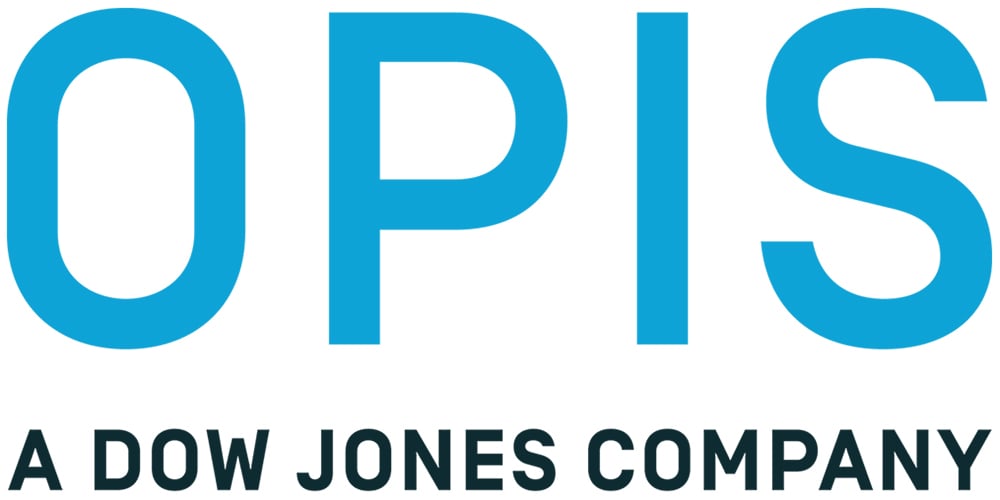Dispelling Myths around Carbon Capture
WHITEPAPER DOWNLOAD
Carbon capture has seen a resurgence in investment in recent years, as the realization grows that the energy transition will take longer than originally hoped and that fossil fuels will be around longer than originally anticipated. It provides a way to allow usage of fossil fuels while also reducing their large carbon footprint, allowing time for clean technologies such as renewables and electric vehicles to fully take over their respective industries.
In this paper we examine the current status of carbon capture, utilization, and storage/sequestration globally, and attempt to dispel some of the myths that have hurt the deployment of this important tool for reducing the carbon emissions associated with fossil fuels.
- CO2 stored underground is safe and won’t leak, and there’s plenty of capacity.
Correctly managed, the physical properties of liquid CO2 mean it can be stored underground for millions of years just as oil and gas have been. And the need for carbon capture is a tiny fraction of potential identified storage locations globally. - Carbon capture is needed even though fossil fuels use will ultimately decline.
There has always been a degree of opposition to carbon capture, for fear that it will enable and prolong fossil fuel use. However, the reality is that fossil fuel use is currently at all time record levels - 2023 saw all time consumption records for oil, gas, and even coal - and it may strengthen as energy demand growth accelerates in
coming years. It is critical that emissions from fossil fuels are reduced as much as possible, rather than naively hoping that other technologies will drive fossil fuel use down quickly. CCUS is one tool in the fight against climate change, but it is important
that it is not ignored. - Carbon capture costs are high, but will fall.
Wind and solar are now fairly low cost generation technologies, but they weren’t always. Investment in carbon capture is already reducing costs and this will continue. One key advancement that is already enabling carbon capture costs to fall is the development of ‘carbon capture clusters’. In these, multiple carbon emitters combine resources and store carbon in a shared field. This allows both cost sharing and economies of scale on larger projects.
Download Whitepaper
Products of interest
GLOBAL METHANOL MARKET ADVISORY SERVICE
Offers insights into market prices, costs, and/or margins (historical, current, forecasted). It features comprehensive expert commentary on prices, margins, trade, market conditions, operational challenges, and future trends affecting markets. Additionally, it includes quarterly supply/demand balances and trade flows. Subscribers gain access to experienced industry professionals in the Chemical sector for market advice related to the service’s specific product coverage.
CIRCULAR PLASTICS SERVICES
Master the circular plastics revolution. Uncertainties cloud the industry shift from linear to circular plastics. Our service equips you with expert-curated data, analytics, and ongoing insights to make informed decisions across technology,
markets, and pricing. Navigate disruption with confidence. Secure your competitive edge in the circular economy and transform your business with a future-proof, data-driven circular plastics strategy.
OPIS EUROPE HYDROGEN REPORT
Offers insights into the evolving hydrogen market landscape in Europe. It offers two essential components:
Price Report: A hydrogen cost model that can serve as a proxy for market prices before the emergence of a fully-traded hydrogen market. Our model uses the same assumptions as the UK Department of Energy Security and Net Zero (DESNZ)
and trade body Hydrogen Europe.
Projects and Policies Tracker: A compilation of the latest developments in the European hydrogen sector.


